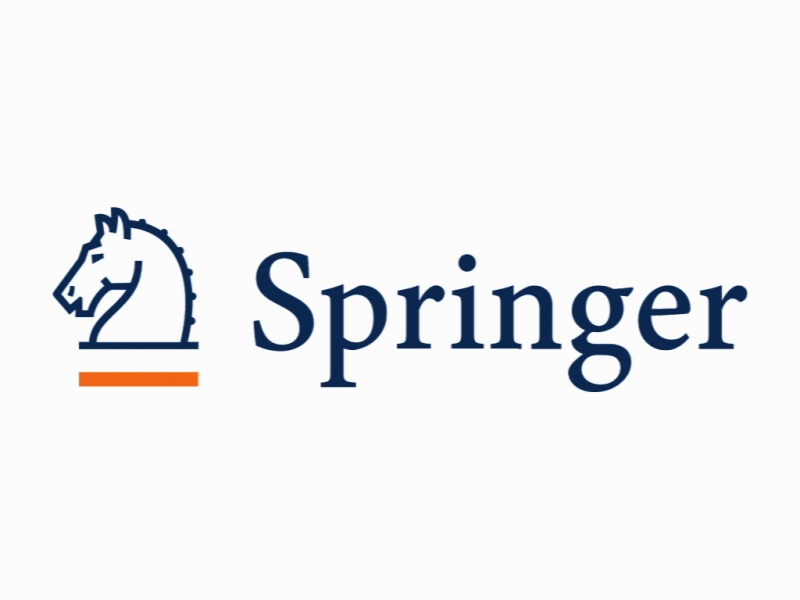پاسخ لرزه ای قاب فولادی ضد زنگ با در نظر گرفتن اثر متقابل ساختار خاک (SSI): یک مطالعه ی تجربی Seismic Response of Steel Braced Building Frame Considering Soil Structure Interaction (SSI): An Experimental Study
- نوع فایل : کتاب
- زبان : انگلیسی
- ناشر : Springer
- چاپ و سال / کشور: 2018
توضیحات
رشته های مرتبط مهندسی عمران
گرایش های مرتبط زلزله، سازه
مجله موسسه مهندسان (هند): سری آ – Journal of The Institution of Engineers (India): Series A
دانشگاه Walchand Institute of Technology – Maharashtra – India
منتشر شده در نشریه اسپرینگر
کلمات کلیدی انگلیسی Steel bracing system, Soil structure interaction, Elastic continuum approach, Shake table, Natural frequency
گرایش های مرتبط زلزله، سازه
مجله موسسه مهندسان (هند): سری آ – Journal of The Institution of Engineers (India): Series A
دانشگاه Walchand Institute of Technology – Maharashtra – India
منتشر شده در نشریه اسپرینگر
کلمات کلیدی انگلیسی Steel bracing system, Soil structure interaction, Elastic continuum approach, Shake table, Natural frequency
Description
Introduction In reality, response of the soil influences the motion of the structure and the motion of the structure influences the response of the soil which is known as Soil-Structure Interaction (SSI). Traditionally, it has been considered that SSI can be conveniently neglected for conservative design. In addition, neglecting SSI tremendously reduces the complication in the analysis of the structures which has tempted designers to neglect the effect of SSI in the analysis. Unfortunately, the assumption does not always hold true. In fact, the SSI can have a detrimental effect on the structural response, and neglecting SSI in the analysis may lead to unsafe design for both the superstructure and the foundation. Therefore, consideration of SSI effects in seismic design of concrete moment resisting building frames is essential [1–3]. For tall buildings, the gravity load resisting system cannot resist lateral forces efficiently. It is well recognized that the incorporation of lateral force resisting systems in the form of shear walls, bracing systems etc. improve the structural performance of building subjected to lateral forces due to earthquake excitation. The studies have been carried to minimize the SSI effect by incorporating stiffness to the structure by many possible provisions such as shear wall, strap beam and bracing system [4–7]. Bracing systems are used to resist horizontal forces (wind load, seismic action) and to transmit it, to the foundation. Such system reduces bending moment and shear force in the columns. There are different types of bracing systems in common use such as diagonal bracing, X bracing, V bracing. Conventionally two basic classical approaches, viz., Winkler approach and Elastic Continuum approach (ECM) are used to study SSI [8, 9]. ECM is an approach of physical representation of the infinite soil media. Soil mass basically constitutes of discrete particles compacted by some inter-granular forces. In the ECM idealization, generally soil is assumed to be semi-infinite and isotropic for the sake of simplicity. However, the effect of soil layering and anisotropy may be conveniently accounted for in the analysis. This approach provides much more information on the stresses and deformations within soil mass than Winkler model [8]. It has also the important advantage of simplicity of the input parameters, viz., modulus of elasticity and Poisson’s ratio. Therefore, it is observed that ECM is an effective approach for consideration of soil mass beneath foundation [2]. In the present study an attempt is made to identify the effect of SSI on the seismic performance of structure and thereafter to study effectiveness of alternate bracing system in order to control SSI effect by carrying out experimental study and comparing them with analytical results for the validation.


